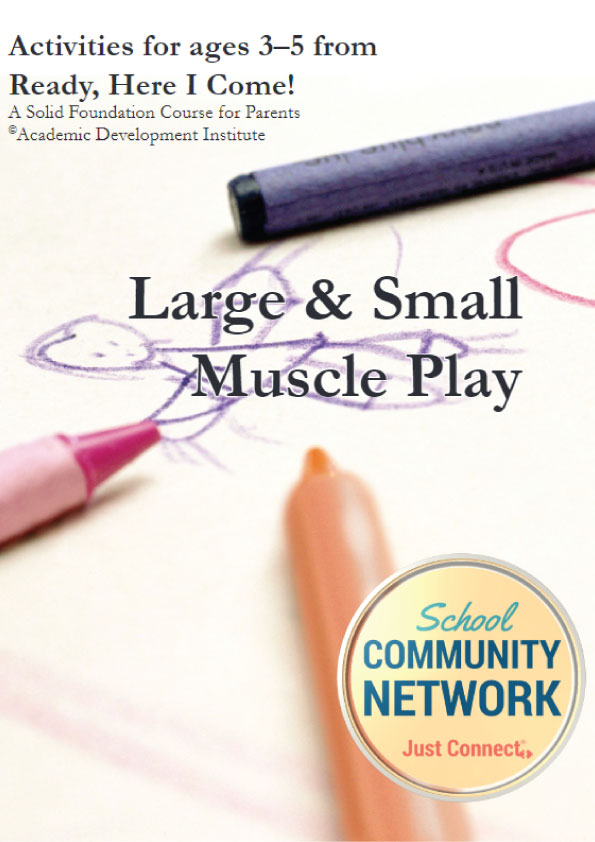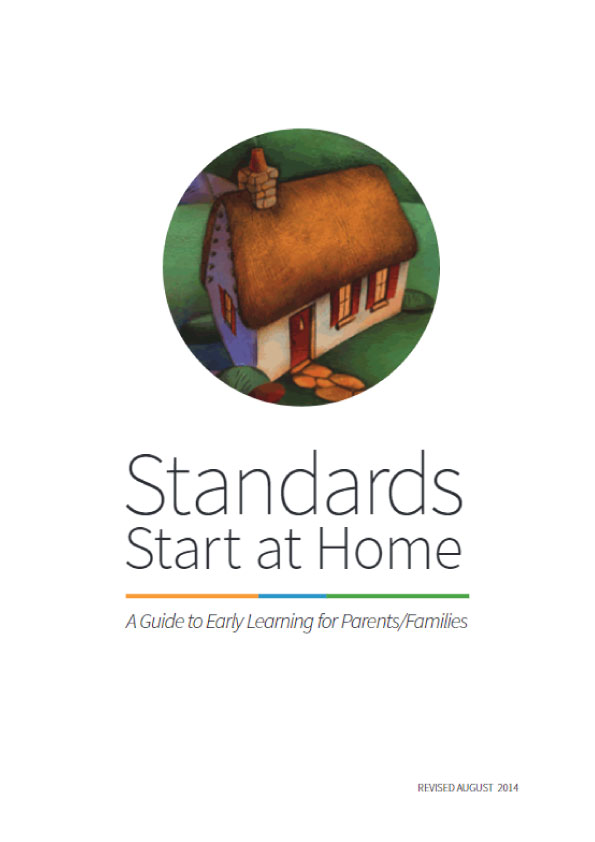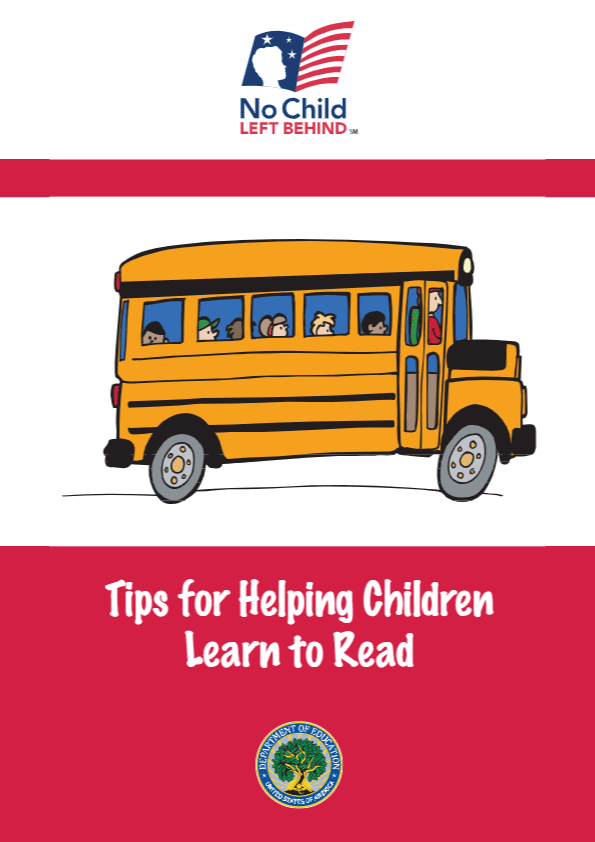Children play in order to learn, grow, and develop. It is not necessary for parents (and other family members/caregivers) to structure all of their children’s play. In fact, much of the power of play in development comes from children’s increasing ability to create their own activities. But parents can use a child’s natural love of play to introduce and encourage certain skills that will help a child be ready for school. These activities are designed for children ages 3–5. Try what you like, and see which ones they enjoy most!
“Animal Walks” is an activity that helps children develop gross motor (also called “large muscle”) skills. We can teach them to imitate the way various animals walk. For example:
- Kangaroo Hop: Crouch, with the fingers on the floor between the knees. Jump up and forward, with the body stretched. Land in a crouched position.
- Circus Seal: Lie face-down. Raise upper part of the body with the arms. Walk with the hands while dragging the feet. Try circus tricks with a bean bag on the head.
- Inchworm: Put the hands on the floor. Keep the knees straight and walk with little steps until the feet are near the hands. Move the hands forward and repeat.
- Frog Hop: Squat. Jump forward on both feet.
- Giraffe Walk: With the arms stretched overhead, clasp hands together to form the giraffe’s head and neck. Walk on tiptoes.
- Flamingo Stand: Stand on one foot with arms crossed at the chest. Later, try this with eyes closed.
- Dog Walk: Walk on all fours (hands and feet) with the knees slightly bent. Later, try to run. What if the dog hurt one paw? Try walking on one foot and two hands.
Once our children understand the way these animals walk, we can ask them to create their own imitations of other animals. They can swing their heads like an elephant; they can crawl like a snake. Outdoors, they can run like a horse.
Kitchen clay offers a variety of fine motor (or small muscle) activities for children. Children learn to measure the ingredients, mix the batter, and knead the dough-like clay. When the clay is formed, the children can roll it with a rolling pin, cut it with a plastic knife, form it into shapes with their fingers, and press it into shapes with cookie cutters or jar lids. Squeezing the clay also increases hand and finger strength.
Recipe for Kitchen Clay
- 2 cups flour
- 1/2 cup water
- 3/4 cup salt
- 1 Tablespoon vegetable oil
- food coloring ( if you want colored clay )
- plastic bag (for storage)
Drop the ingredients into the plastic bag and seal. Let the children knead them together inside the bag, then tip it out for modeling fun.
“Cutting and Pasting” is another activity that develops fine motor skills. With a stack of papers, magazines, or plain paper, a pair of scissors, and glue/glue stick,
children will work their little fingers while making their own creations. Some children enjoy looking through magazines to find pictures that pertain to certain topics. The pictures can then be cut out of the magazines and glued on construction paper or cardboard to tell a story. Topics might include: favorite foods, sports, animals, people I’d like to meet, places I’d like to visit, or think of your own topic. Much of the fun for parents comes in hearing the child tell why she chose the pictures.
Sort small objects. Picking out small items such as coins, beads, or pieces of yarn from a tray of sand or salt is a fun “treasure hunt.” Supervise to make sure items don’t go in the mouth.











